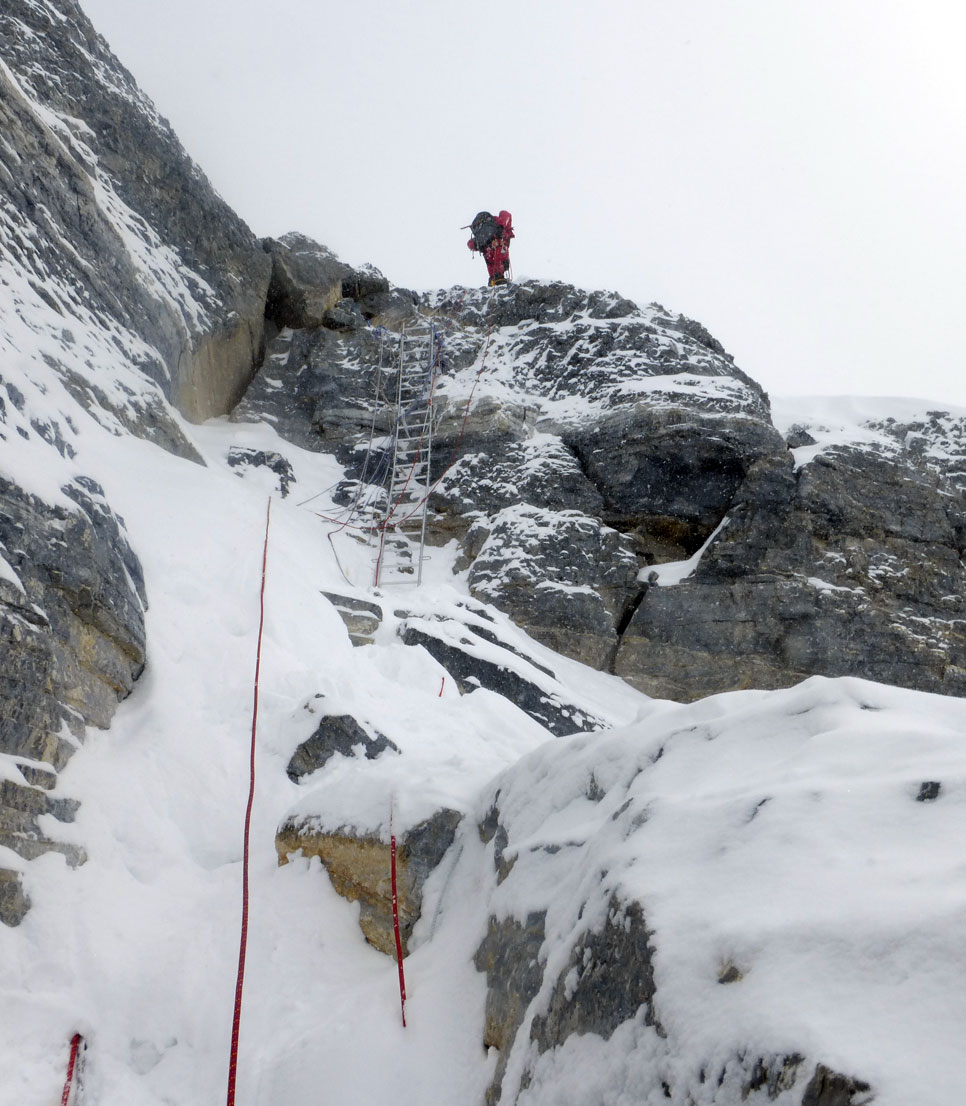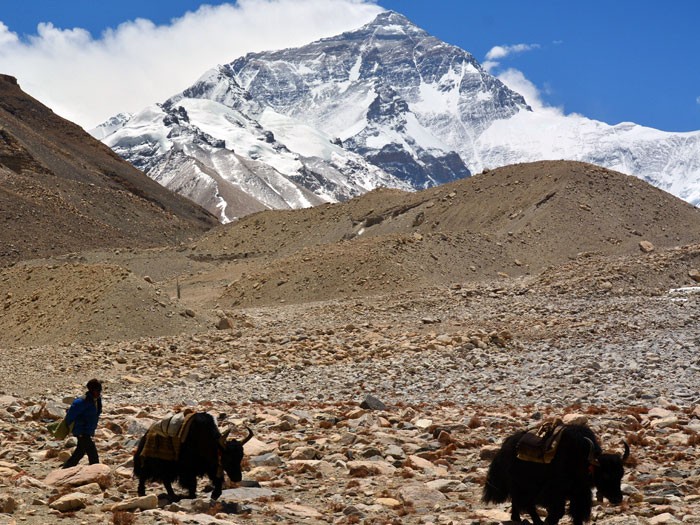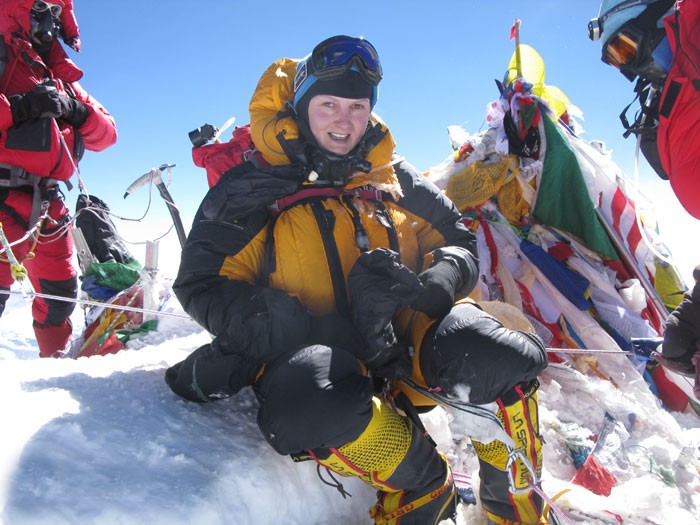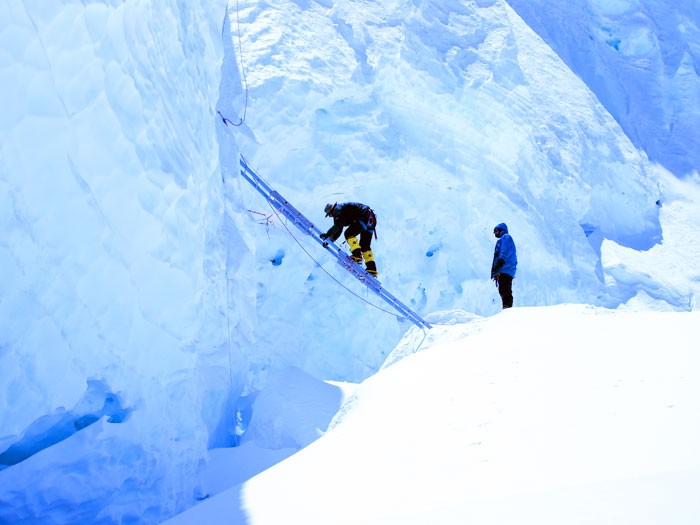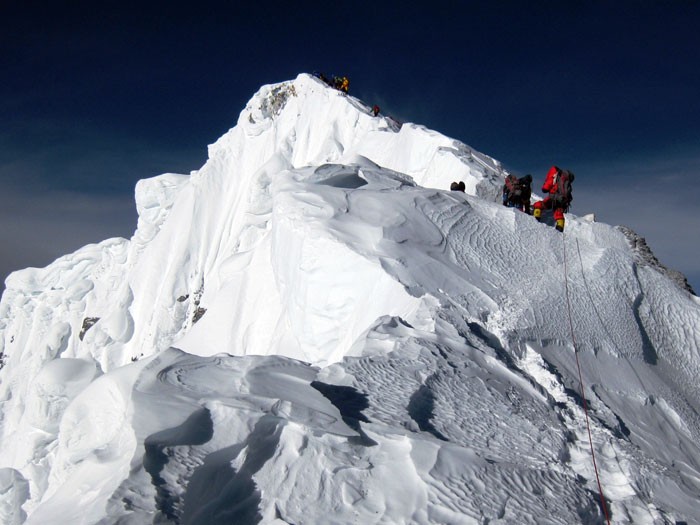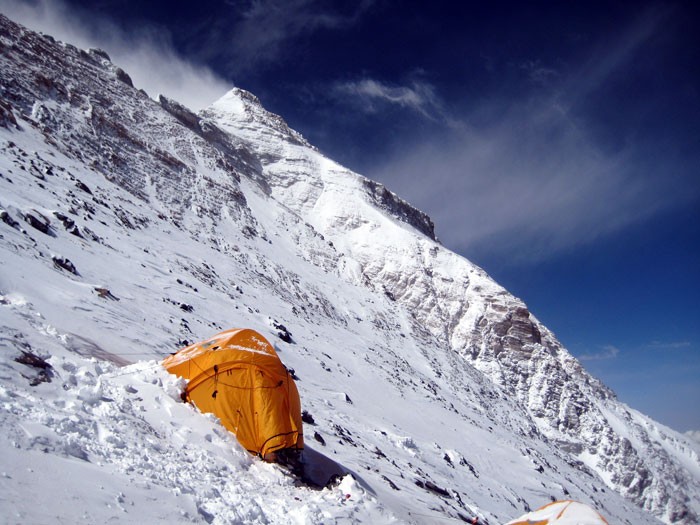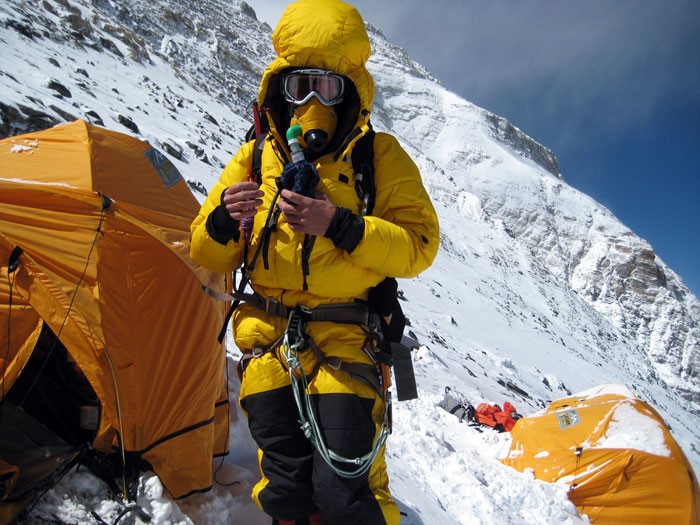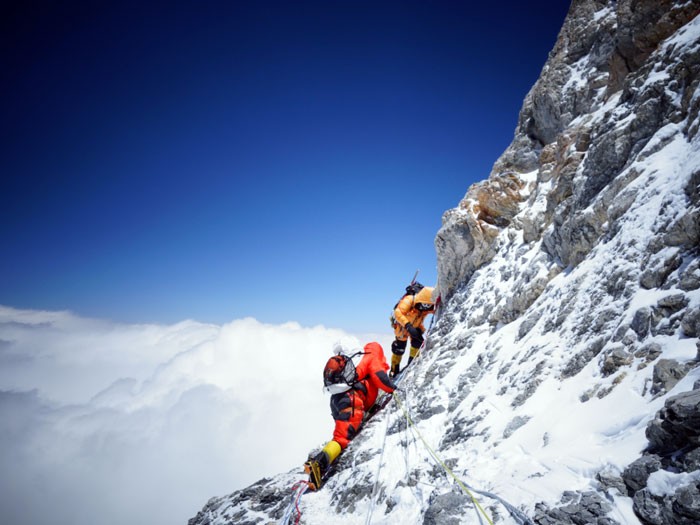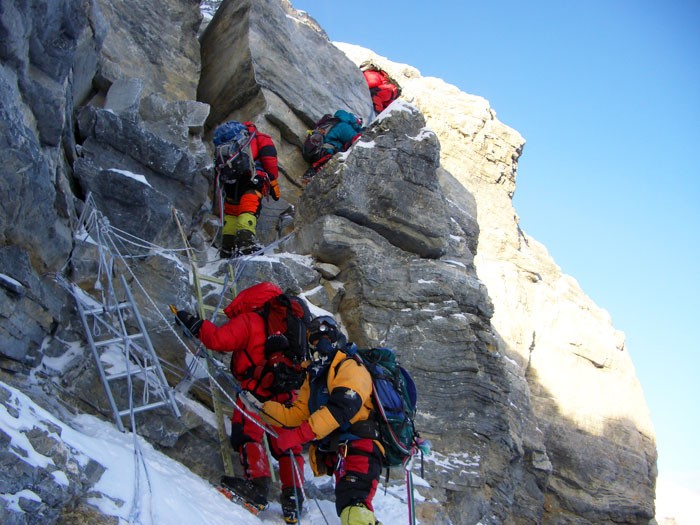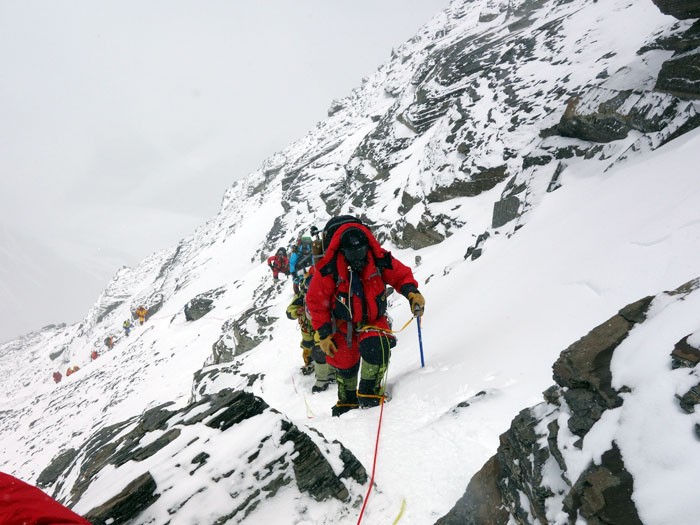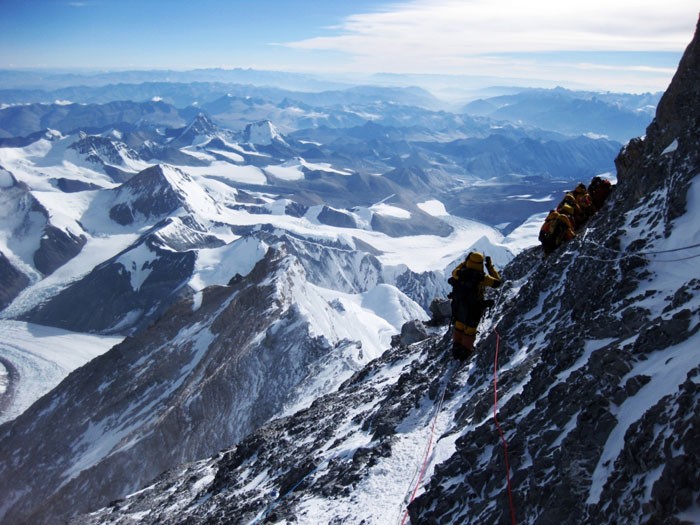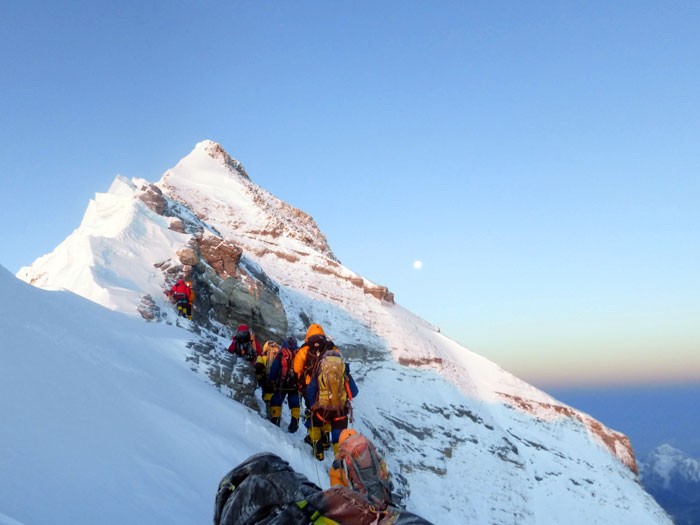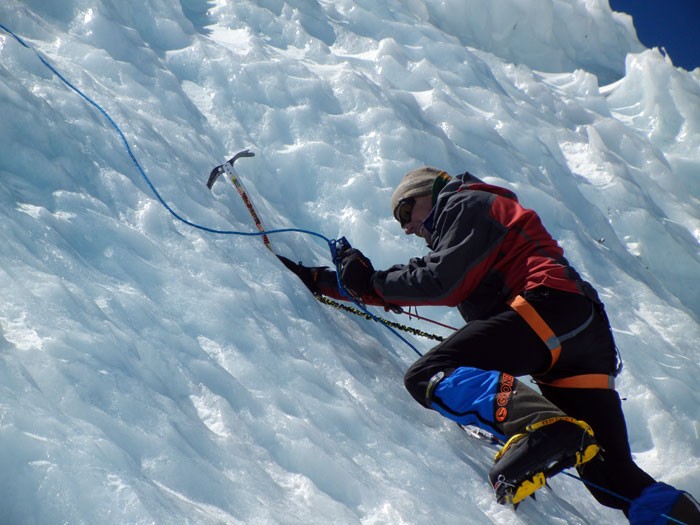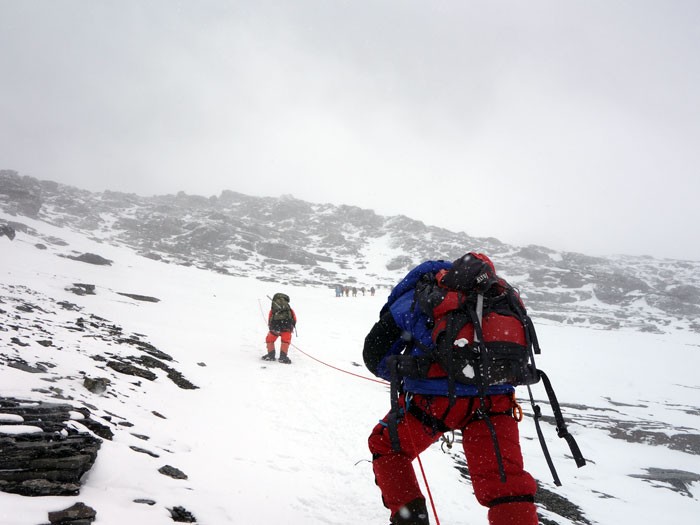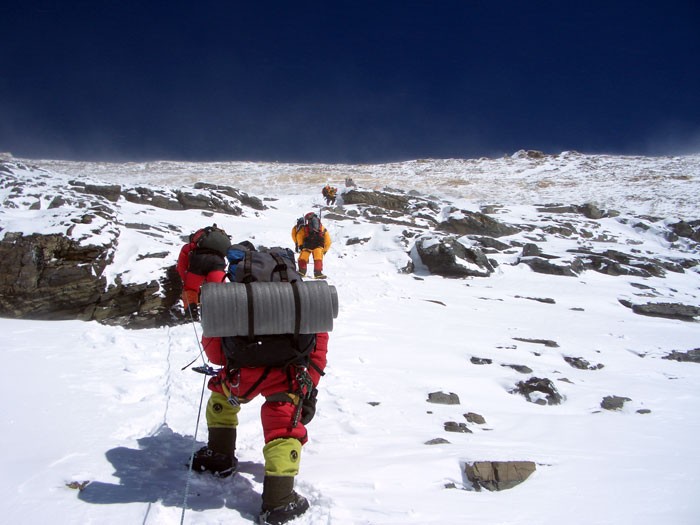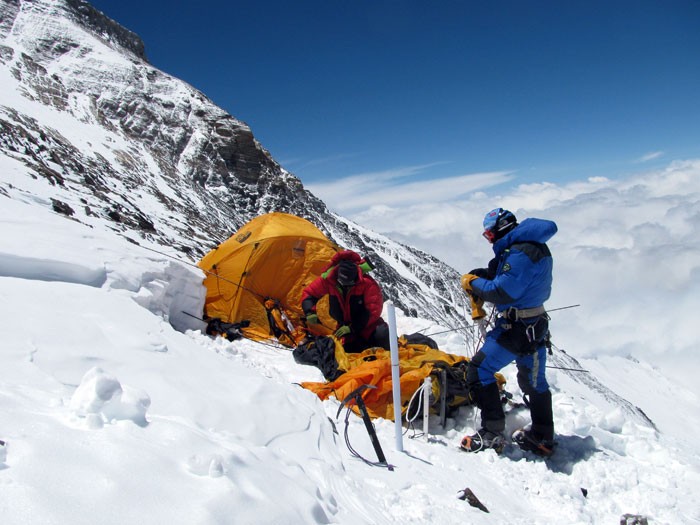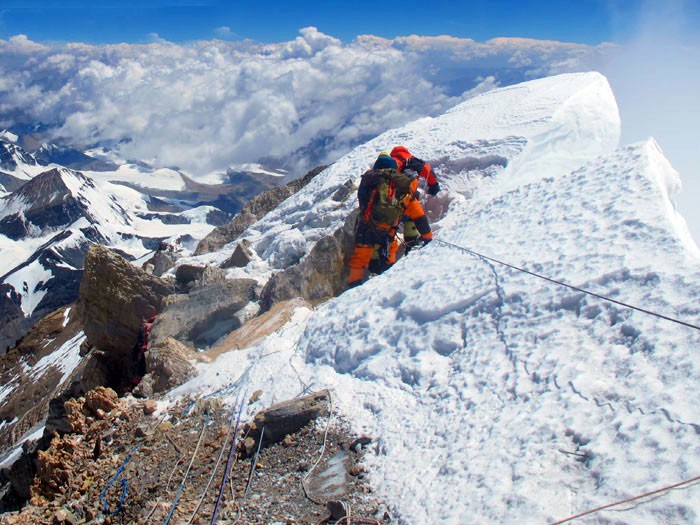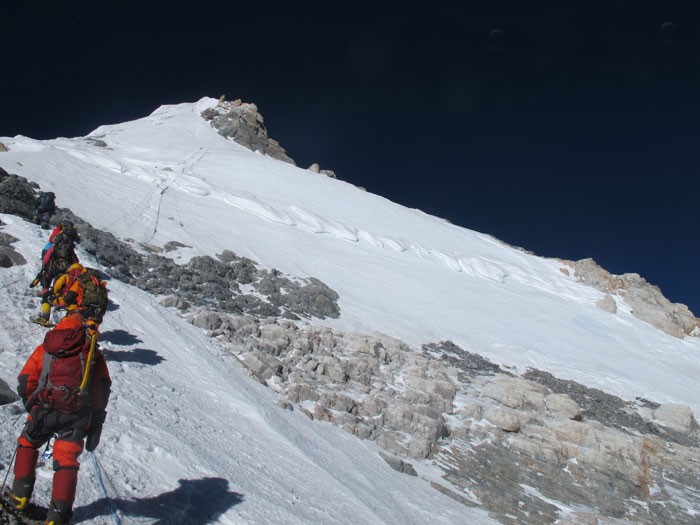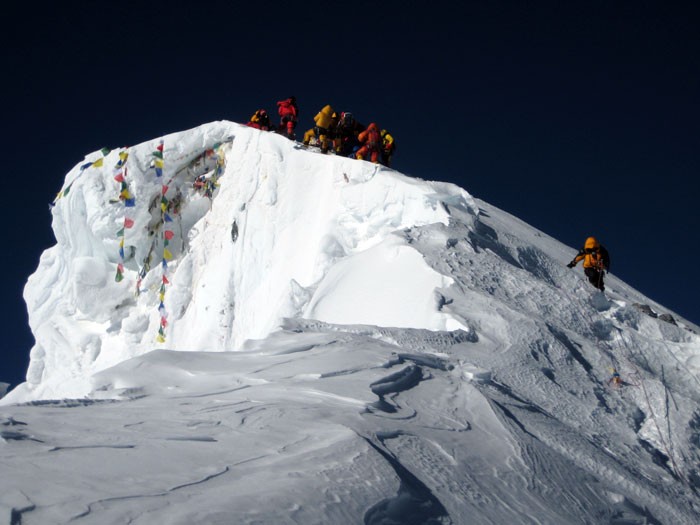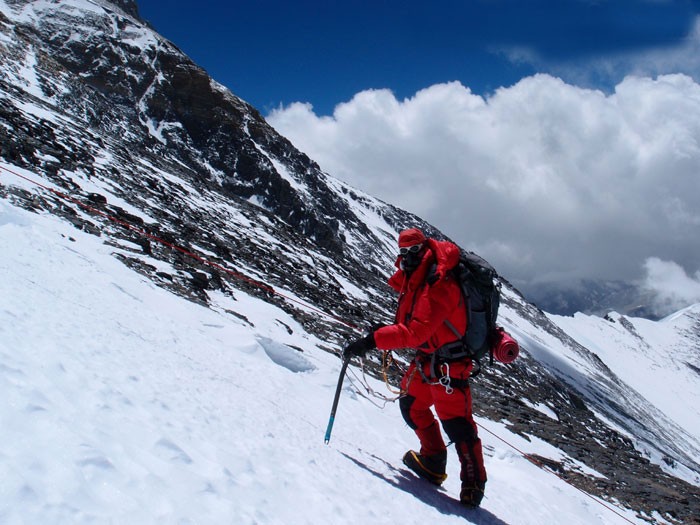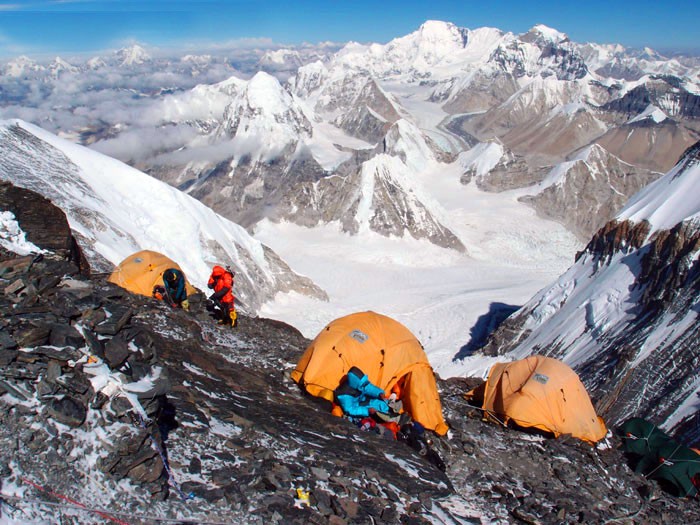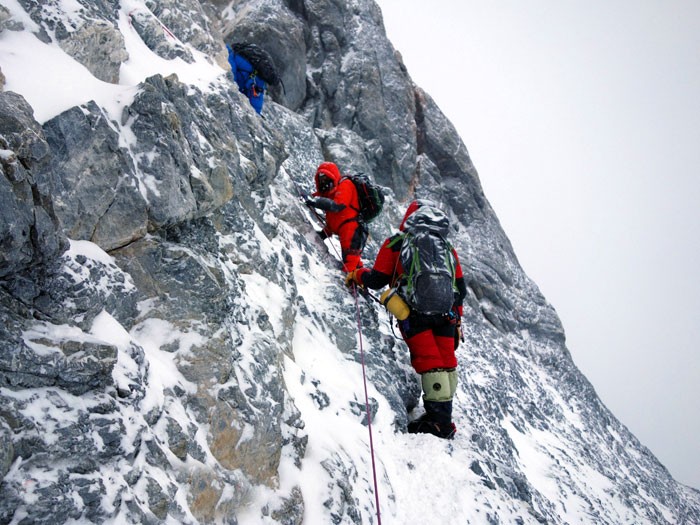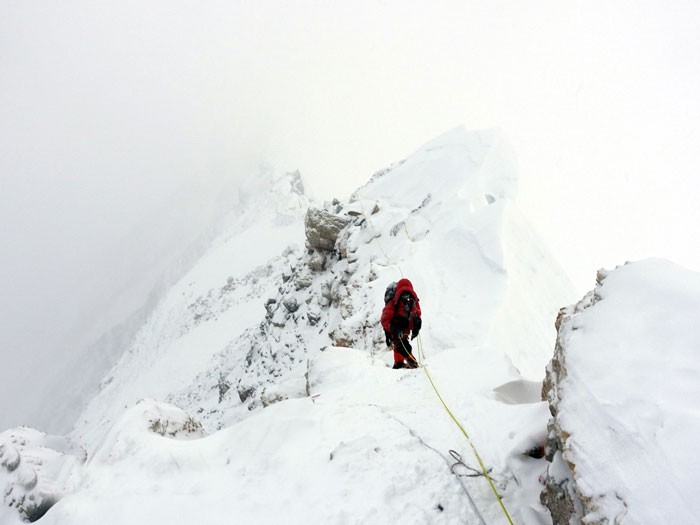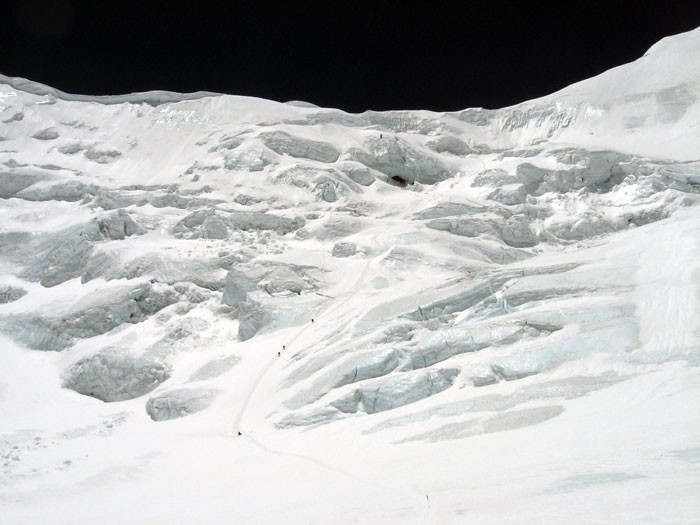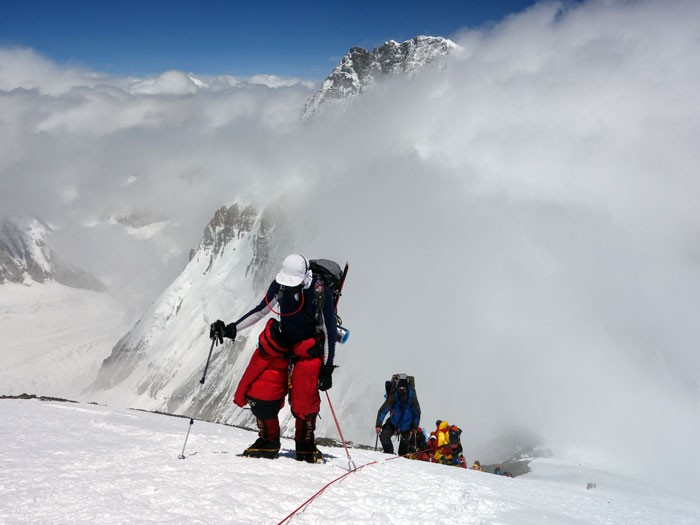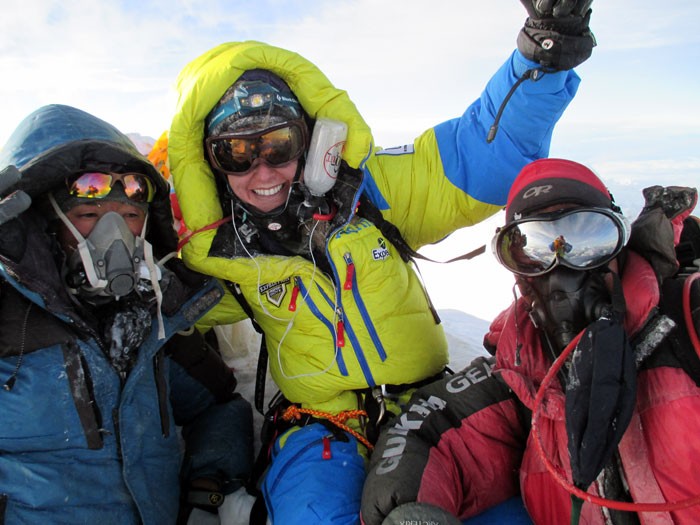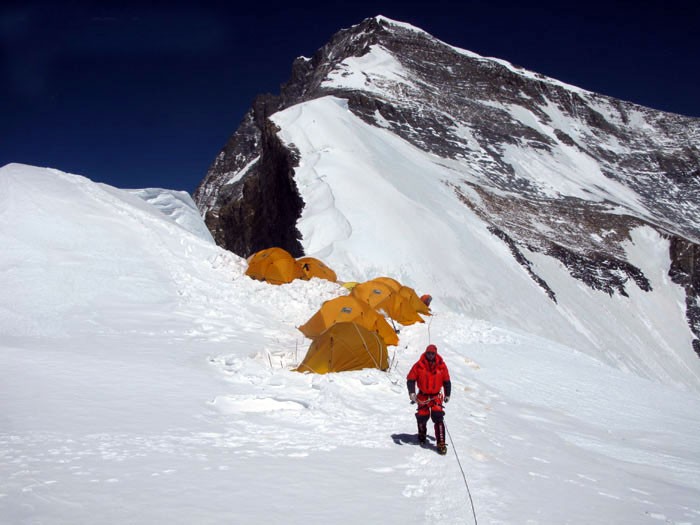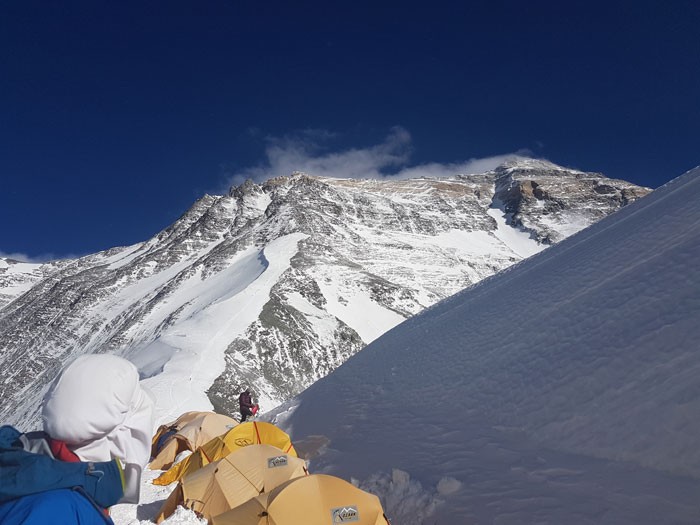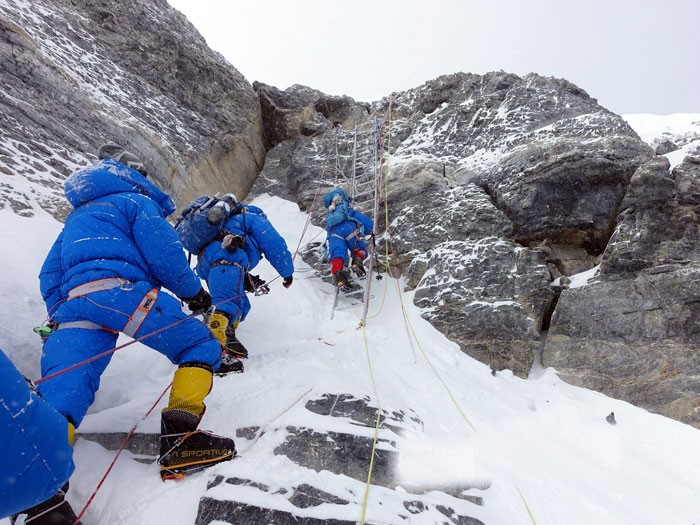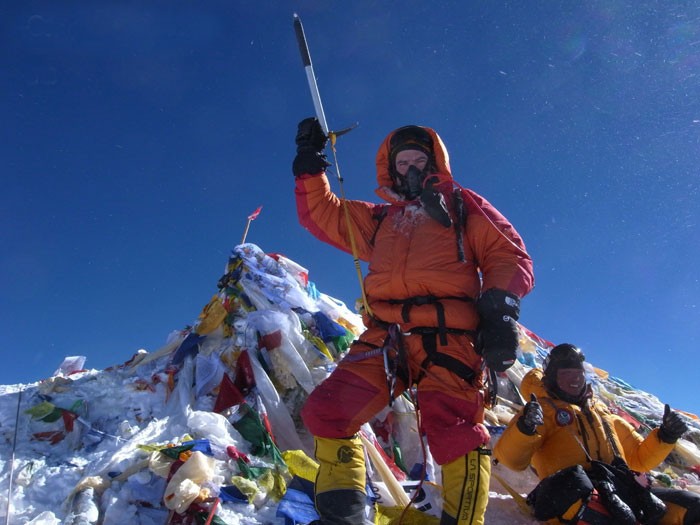Here is what the Mallorys, a family of 4 Everest summiters, had to say: "SummitClimb is very patient and well organized. On expedition the showers were nice, the toilet facilities were good, tent arrangements were comfortable, the food servers were great, the food was tasty, and we even had heaters in basecamp and doctors on the trip.
The organization was well done and we had very little concerns, with all of our requirements were met. We had a great climb with a huge deal of success.
The SummitClimb Sherpas were very supportive, capable and helped us at important times when we needed their assistance. Preparation for the climb was made easy, with all of the important information available on the SummitClimb website. Questions were readily answered rapidly by the SummitClimb office staff. Most importantly, the leader was very professional, respectful, communicated information readily, and was a key component in the success we enjoyed on Everest"
